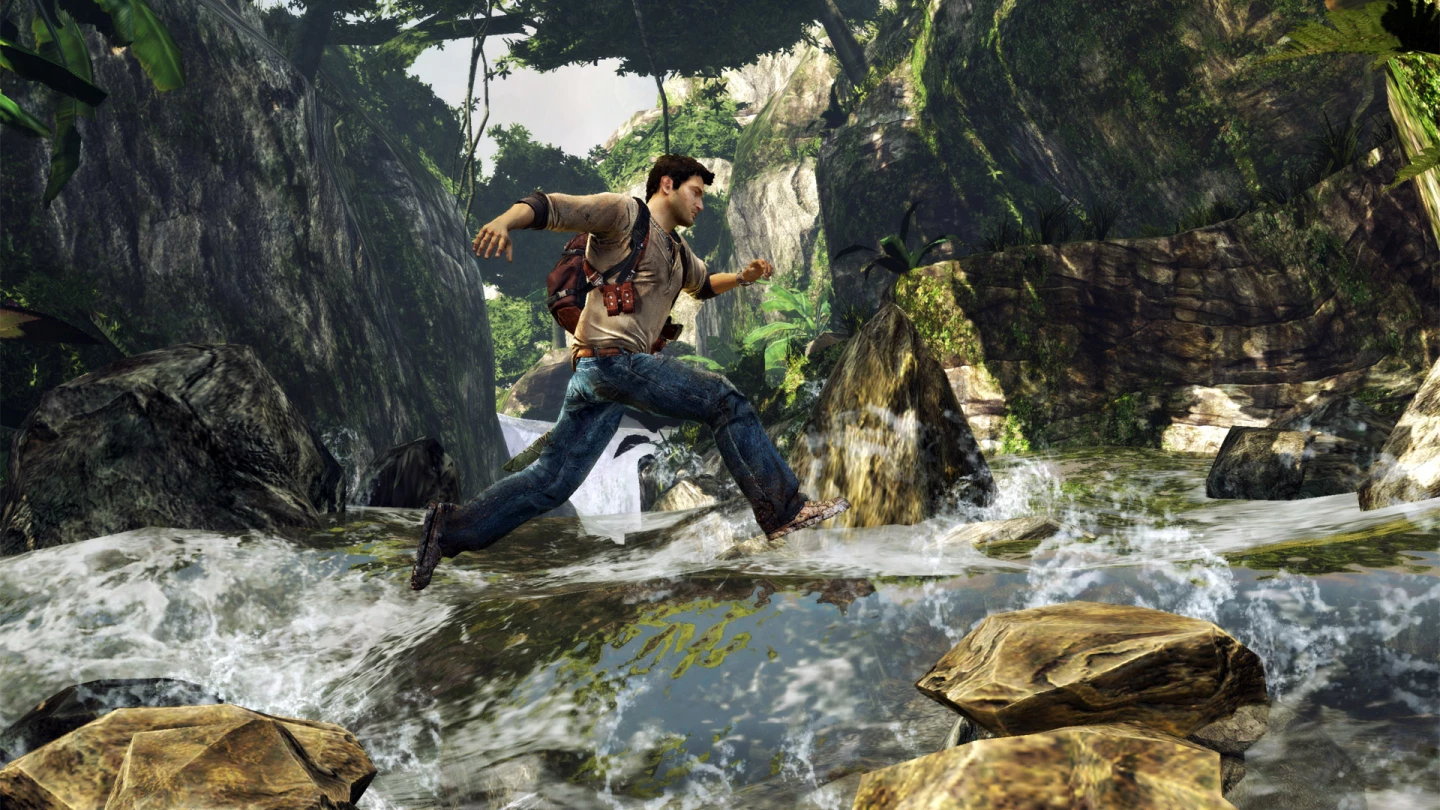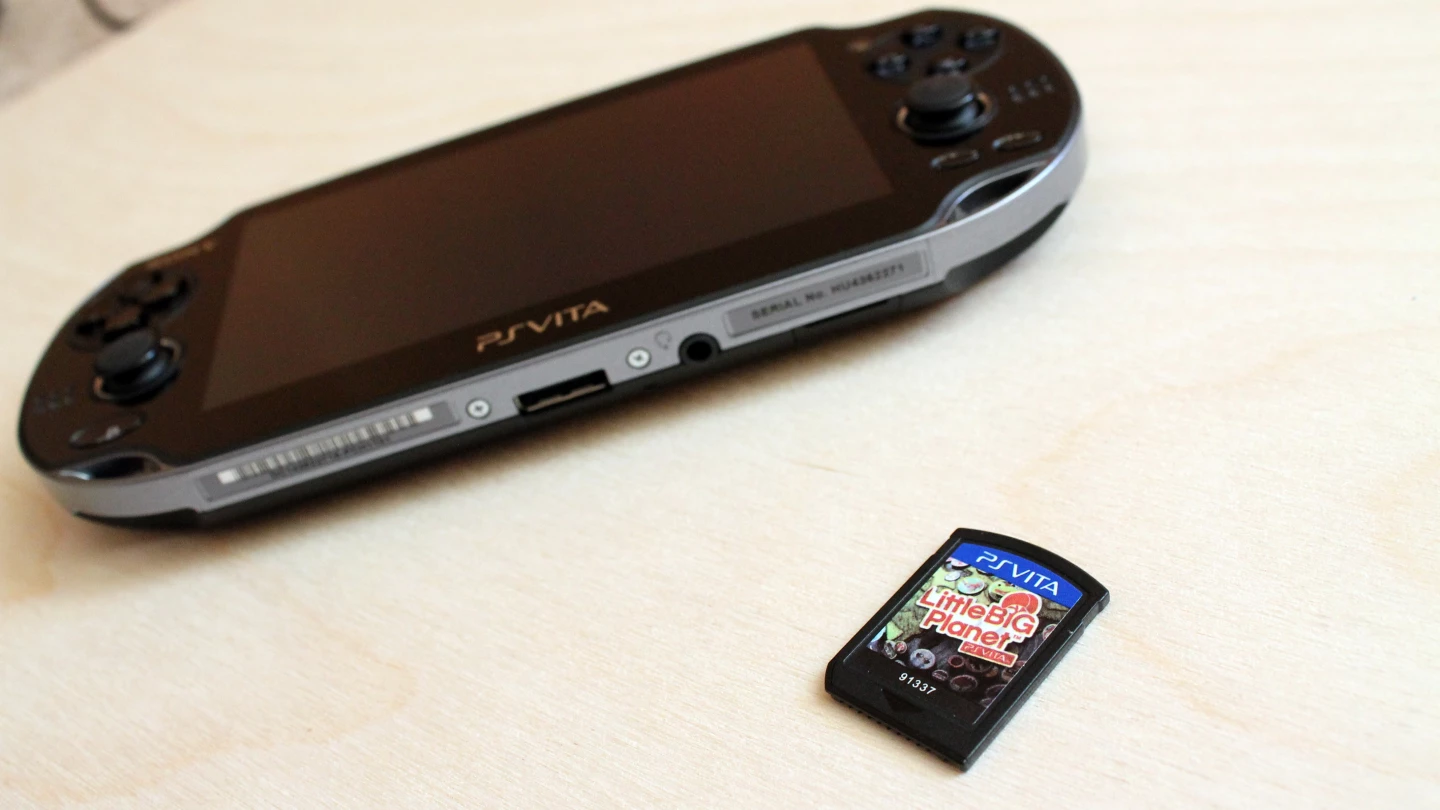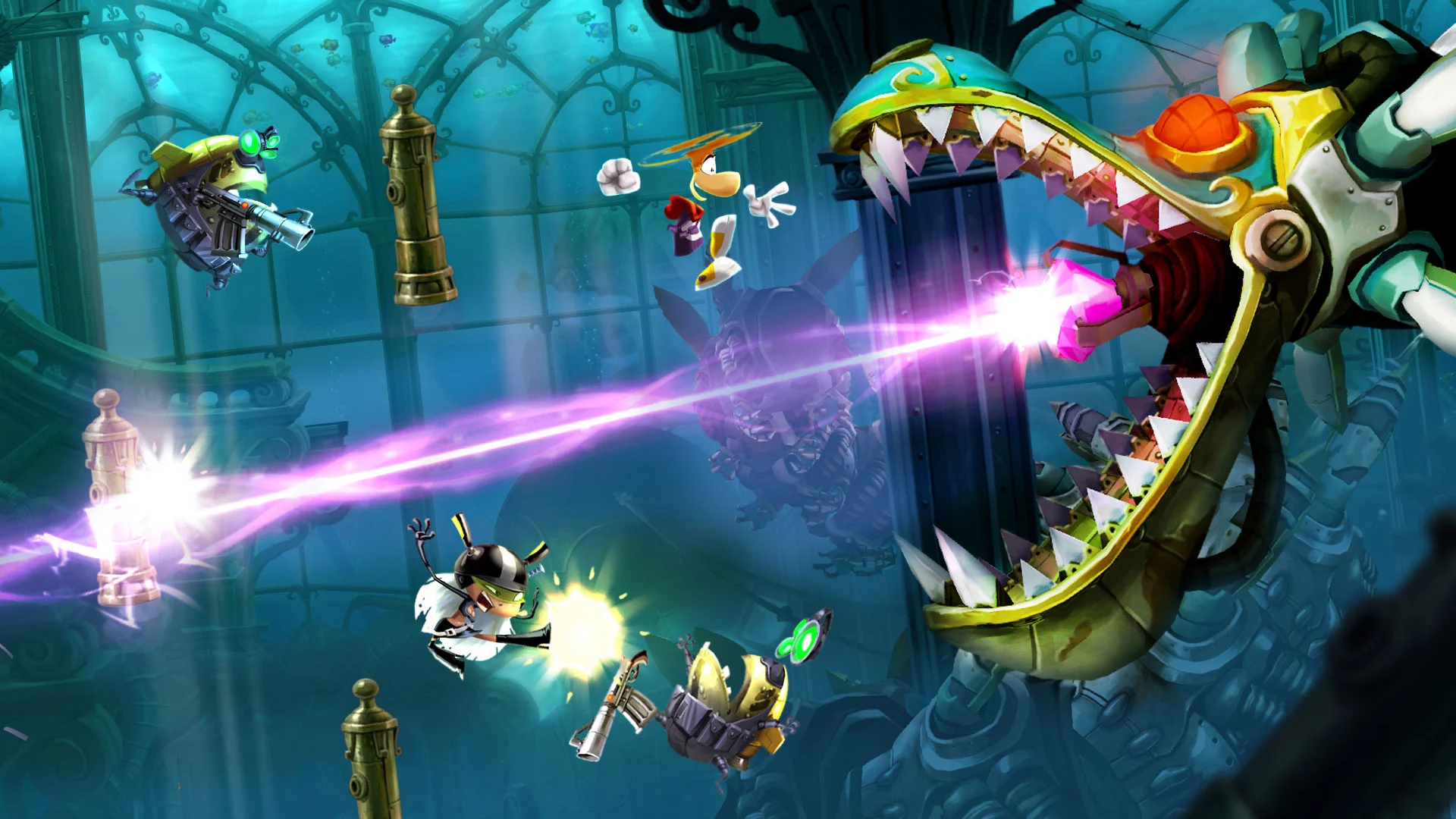It's hard to believe that it's been been almost two years since the PlayStation Vita launched. When we reviewed Sony's next-gen portable in 2012, we found it to be just about the ideal portable gaming console. But how does it hold up today? Has competition from smartphones and tablets stuck a knife in the Vita, or does its recent price drop warrant a second look? Read on, as Gizmag revisits an old favorite, the PS Vita.
Before we get started, it's worth noting that Sony recently announced an upgraded Vita that's lighter, thinner, packs different screen technology (it switches to LCD from OLED), and has longer battery life. Like with the PSP, Sony will likely spit out some slightly upgraded models every couple of years (provided the Vita sticks around long enough), and this is the first example of that. The new model, though, is limited to Japan at the moment, and we haven't yet gotten our paws on it. So we're aiming our spotlight back on the O.G. Vita, the one that most of us can walk into a store and buy today.
Hardware recap

The Vita is still a very solid piece of kit. It's comfortable in hand, and gives you everything you could ask for (and perhaps a little more) from a dedicated portable gaming console.
Its 221 pixels per inch (PPI) multitouch display isn't nearly as sharp as the screens on high-end smartphones from the last couple of years. Your eyes may notice some pixelation in Vita games that you wouldn't see on something like a new Nexus 7 or Retina iPad. But we think the Vita's 5-in. OLED screen still looks plenty sharp for most games.
It would it have been nice if Sony had held off another year and given the Vita a 300+ PPI display. Games that look good now would have looked stellar on that parallel universe version of the Vita, and probably would have held up better for the course of the console's lifespan. But let's not get carried away. We think its 960 x 544 screen still looks very good, and there's nothing worth getting your sphincter muscles in a knot over here.

Mobile devices may serve many more purposes than the Vita does, but one area where they can't compete with the Vita is with physical controls. 19 months ago, we were very happy with the Vita's build, comfort, and button layout, and we still feel the same today. Developers have done some creative things with touchscreen-only controls on smartphones and tablets. But when it comes to serious gaming, buttonless screens are really no replacement for traditional physical controls.

The Vita gives you just that, with a pair of short but responsive analog sticks, snappy shoulder buttons, a nicely elevated D-pad, and the customary four action buttons. Add the touchscreen front display, and you have a toolbox that iOS and Android devices can't hold a candle to.
The only part of the hardware that seems excessive is the back-facing touchpad. It's a nice feature that works well, but too many games have forced it upon us as a showcase for the hardware. If it adds to the game, use it. If it doesn't, we don't need it.
Games

Unfortunately for the PS Vita, mobile devices have all the momentum right now, and their app marketplaces are much more bustling than the portable version of the PlayStation Store. It's a bit of a catch-22 with the Vita: it's hard to wholeheartedly recommend it, because there are so few new Grade A games being released for it. But on the other hand, that will never change if nobody buys it. It sounds like a losing formula.
But maybe all hope isn't lost for Sony's capable little system. Though the App Store and Google Play have the Vita spanked in terms of quantity, it still wins out for serious gaming. When you talk about gaming quality, we think the Vita beats the App Store's multitude of games with just a handful of titles.

This is the mixed bag of gaming on the Vita. Its library is both its biggest weakness and its greatest strength. The selection is scant, but the stand-out titles it does have are some of the best portable games you can buy today.
Sure, mobile app stores may have the occasional Infinity Blade or The Walking Dead (also available on the Vita), but more often you're left with ultra-casual fare like Angry Birds or Candy Crush. There's nothing wrong with those games, and they've definitely captivated a huge audience, but these titles almost always leave us wondering why we can't have something a bit more hardcore on devices like the iPad.
In our estimation, there aren't any iOS or Android platformers that hold a candle to the excellent LittleBigPlanet, Rayman Origins, or Rayman Legends, all available on the Vita. Good luck finding a smartphone or tablet third-person action game that compares even to the imperfect Uncharted: Golden Abyss, the Metal Gear Solid HD Collection, or even the two God of War titles from the PSP days (digital versions of which you can buy for the Vita).

Then there's the freemium factor. Mobile app stores are chock full of "free" games that are tailor-made to milk you for maximum dollars via in-app purchases. On the Vita, you can pay your US$30 or so for a full console game, and enjoy it without giving another penny to the developer or Sony. Sure, the PlayStation Store still sells you DLC, but the microtransaction craze that's sweeping the land isn't anywhere near as pervasive there. Call me old school, but I like to know upfront what I'm paying for a game. In that respect, the Vita is a breath of fresh air.
The Vita's backwards compatibility helps too. Your old PSP discs (UMDs) won't get you anywhere on the Vita, but you can buy digital versions of almost a decade's worth of PSP titles – usually for pretty reasonable prices. And though visuals aren't nearly as crisp in the older system's titles, we think they still hold up pretty well. The key is that there are some terrific games there (two great God of War entries, LittleBigPlanet PSP, and Kingdom Hearts: Birth by Sleep jump out among many others).
Given the choice, we'd take a four-star game with 2008 visuals over a bland freemium title with Retina Display graphics any day.

Another nice bonus in running old PSP games on your Vita is that you can kiss load times goodbye. Games that screeched to a halt at every load screen on a PSP's UMD run blazingly fast on the Vita. If you already own a ton of old UMDs, that's probably little consolation, but at least you have the option of dipping into the PSP's excellent and extensive library, in digital form.
Better value?

At launch, the PS Vita cost US$250 for the Wi-Fi only model, and $300 for the Wi-Fi + 3G version. That was a fair chunk o' change, and that didn't even include the mandatory addition of a memory card. Sony's proprietary cards weren't cheap either: they started at $20 for a mere 4 GB (only enough space for one game, if that game is Uncharted), and worked their way up to a whopping $100 for 32 GB.
Recently, though, Sony responded to the Vita's market woes by giving it a healthy price drop. You can now buy a system for $200, with even the 3G version being sold bundled with Telltale's stellar The Walking Dead for that same $200 entry fee. Memory card prices got slashed too, and you can now snag an ample 16 GB card for $40, or 32 GB for $80. This is still much pricier than microSDs, but any movement in that direction is welcome.

Sony is also getting a little creative in its attempts to boost the Vita ecosystem. Last month it announced PlayStation Vita TV, a set-top box that couples with a DualShock controller to play Vita games on your television. It's only been announced for Asian markets, but if it eventually expands to other parts of the world and sells enough units, then it could boost the Vita user base, leading to more/better games. Those are all big ifs, so we wouldn't put too many chips in that pot. But at least Sony isn't throwing in the towel.
Another move from Sony to improve the Vita's standing is to amp up the Remote Play capabilities in the upcoming PS4. While the Vita can technically stream games from your PS3, the list of compatible games is so small that it's a non-starter. But with the PS4, Remote Play will supposedly include most games, and you'll be able to leave off on your PS4 and pick up on your Vita without missing a beat. If this works as advertised, it could be another reason to consider Sony's latest portable.
Wrap-up

So is the PS Vita worth it? Or are you better off with the something like an iPod touch, iPad mini, or the smartphone you already own?
It really depends on what you're looking for. If you've grown impatient with touchscreen-only controls, in-app purchases hiding around every corner, and the glitzed-up-on-the-outside, hollow-on-the-inside freemium drivel that makes up 99 percent of mobile games, then the Vita might remind you what portable gaming can really be.
The Vita's game library isn't nearly stacked enough to make it a must-buy. On the contrary, it's hard to see the Vita's lack of game development as anything but disappointing. We wouldn't blame you for taking the dearth of marquee releases as an impetus to strap on your sneakers and run for the hills.
But at $240 for the system along with a 16 GB memory card, you get some very nice gaming hardware. It's still our favorite portable gaming device, with its raw horsepower, terrific controls, and exclusive Sony franchises. It opens the door to a handful of excellent Vita games, and a bigger supply of excellent PSP games. Most importantly, you can rest easy, knowing that the quality of your portable gaming isn't being compromised. As for quantity ... well, Sony's still working on that.




























